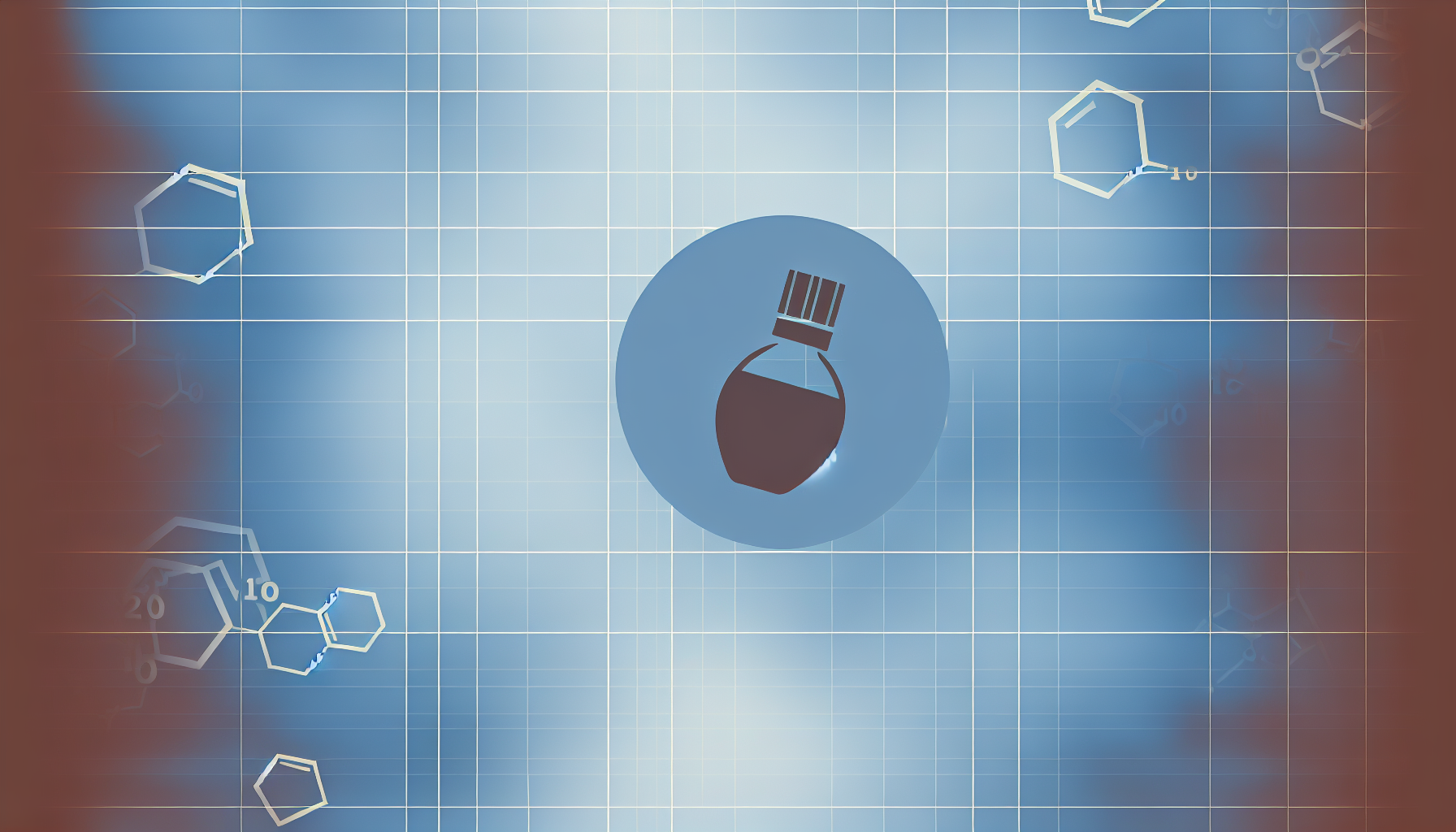Neonatal hyperbilirubinemia is a clinical condition characterized by elevated serum bilirubin levels, and manifests as yellowing of the skin and mucous membranes known as jaundice, a condition that reflects a temporary imbalance between the production and elimination of bilirubin. The causes of neonatal hyperbilirubinemia are varied and generate direct, indirect or combined hyperbilirubinemia of variable severity.
Approximately 50-60% of newborns are considered to have hyperbilirubinemia and most newborns develop clinical jaundice after the second day of life as an expression of a physiological condition. Neonatal hyperbilirubinaemia is not malignant in most cases, but due to the neurotoxic potential of indirect bilirubin, it should be monitored under strict medical surveillance to identify neonates who may develop severe hyperbilirubinaemia and neurological disorders caused by elevated bilirubin levels.
What is neonatal jaundice?
As mentioned, neonatal jaundice refers to yellowing of skin and mucous membranes caused by accumulation or deposition of bilirubin in neonates, usually this increase in bilirubin is generated by destruction or lysis of red blood cells, since the number of these cells is much higher in the fetus in order to better take advantage of the low availability of oxygen present in the uterine interior.
After the birth of the child, no longer need that amount of red blood cells, so a large number of them are destroyed naturally, thus generating an increase in the release of hemoglobin to the circulatory torrent that will subsequently become indirect bilirubin through a series of biochemical reactions. Indirect bilirubin has the ability to cross the blood-brain barrier, generating neuronal damage when found in excessive quantities by its neuronal toxicity effect, causing permanent neurological sequelae in the patient. This is in addition to the fact that neonates do not have an enzymatic system at the liver level that is optimal for adequate uptake and conjugation (hepatic immaturity), and oral intake is decreased in the first days of life, there being a decrease in intestinal flora and motility with the consequent increase of the whole-hepatic circulation.
How is neonatal hyperbilirubinemia treated?
Neonatal hyperbilirubinaemia is treated through phototherapy, a therapeutic technique in which the neonate is exposed to light to decrease the levels of bilirubin that the absorbed light degrades the bilirubin impregnated in the skin, transforming it into water-soluble derivatives by photooxidation phenomena.
This technique results in the breakdown of bilirubin, thereby accelerating its excretion and thus decreasing its blood levels. It is important to note that the efficacy of phototherapy as a treatment against hyperbilirubinemia in newborns depends on factors such as: the intensity of the light emitted by the lamps used in the phototherapy units, have an emission spectrum close to that of the bilirubin absorption, the postnatal age of the newborn, gestation age, its birth weight, the cause of jaundice and the value of bilirubin at the beginning of treatment.
What does Kalstein offer you?
Kalstein is a company MANUFACTURER of medical and laboratory equipment of the highest quality and the best technology at the best PRICES in the market, so you can make your PURCHASE with us, knowing that you have the service and advice of a company specialized in the field and committed to provide you with safe, economical and effective options for the performance of your functions in the right way. In this opportunity we present our Child bilirubin phototherapy unit YR02194.
All newborn patients with hyperbilirubinemia need the best care for threatening jaundice. Our line of phototherapy products provides you with the reliability and stability of LED-light intensive phototherapy for your baby patient.
- The unit has a long life span providing 20,000 to 30,000 hours of light therapy.
- LED fluorescent lamp as radiant elements of phototherapy.
- The curing angle of the lamp can be adjusted horizontally.
- The height of the lamp head can be adjusted.
- The stainless steel bracket can be adjusted.
- Wheels can be locked
- Timer to record the phototherapy operation.
- Use in incubators, irradiant heat moses and any type of moses.
- The YR02194 unit with blue fluorescent tube has a separate frame that can be used with incubator, irradiant heat moses and any type of moses in family care.
- Widely applicable in all hospitals and clinics and optimized for babies with jaundice.
For more information we invite you to take a look HERE




